Xiaomi is no stranger to the high-end smartphone market – while the Chinese brand has always been known for its budget-friendly Android phones, it also knows when to pull out the big guns, especially when going against the mainstream players in the industry.
With that in mind, the Xiaomi 13 seeks to take on blockbuster smartphones like the Galaxy S23 and iPhone 14, and comes packing some rather-impressive hardware and features. It also comes at a price which puts it closer to said devices, which raises the question of whether or not you should take a chance on Xiaomi’s latest flagship effort, instead of going for more familiar handsets. Is this truly the case though? Let’s find out.
Design and Screen
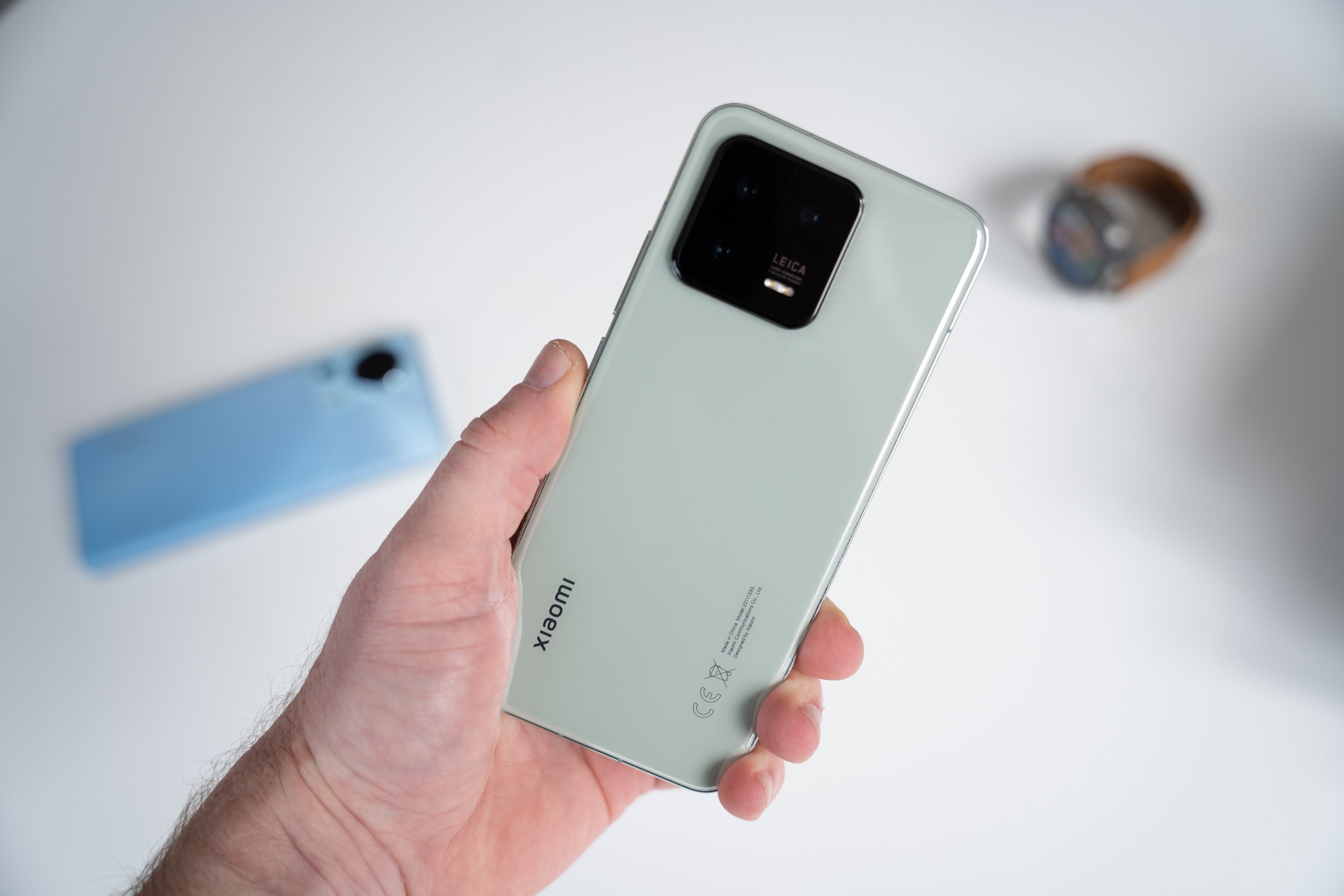
Right off the bat, the Xiaomi 13 excels at giving users a solid-feeling and premium design. The rear panel of the phone features a glossy back, which is complemented by a Gorilla Glass 5 panel on the display. The phone’s IP68-rated chassis is encompassed by a polished metal frame that runs around the entirety of the phone’s sides, which feels really nice to handle. The frame also houses the power and volume buttons, USB-C charging port, speaker grille, as well as sim card slot and microphones.
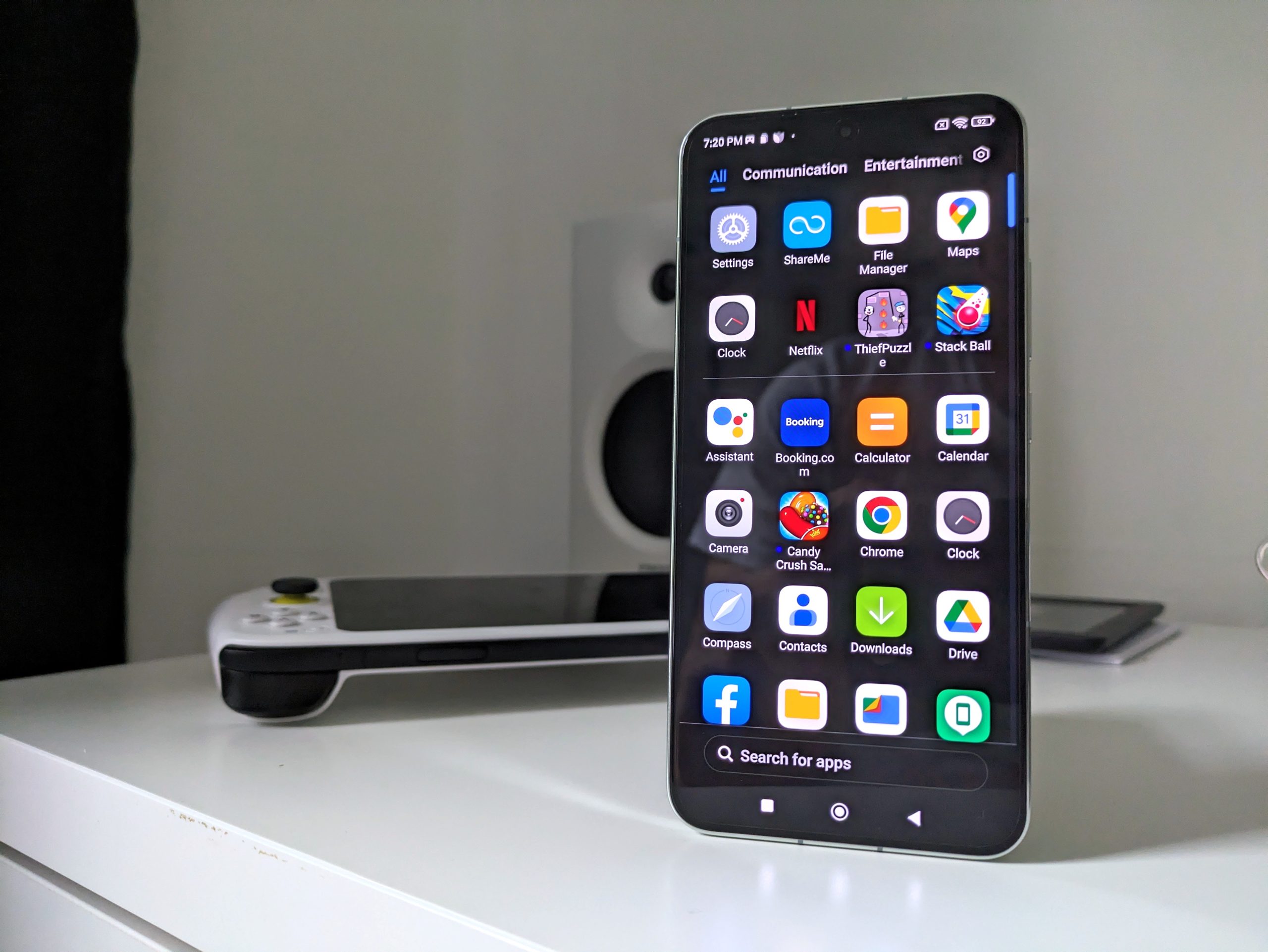
The phone’s display is made of an AMOLED panel which comes with a 120Hz refresh rate, a sharp-enough 1080×2400 pixel resolution, and a maximum brightness of 1900 nits. It’s certainly a vibrant and fluid display, and will be very ideal for streaming binges, web browsing, and content consumption in general. As far as build and display quality goes, there’s a lot that the Xiaomi 13 gets right – it’s premium as far as premium is concerned.
Internals and Software
The phone’s internal hardware doesn’t disappoint either – the Xiaomi 13 is one of several Android flagship smartphones to feature the Qualcomm Snapdragon 8 Gen 2 chipset, one of the best-reviewed mobile SoCs in a while. The phone also packs in 8GB of RAM and 128GB of internal storage for the base model, and maxes out at 512GB of internal storage and 12GB of RAM for the most expensive variant.
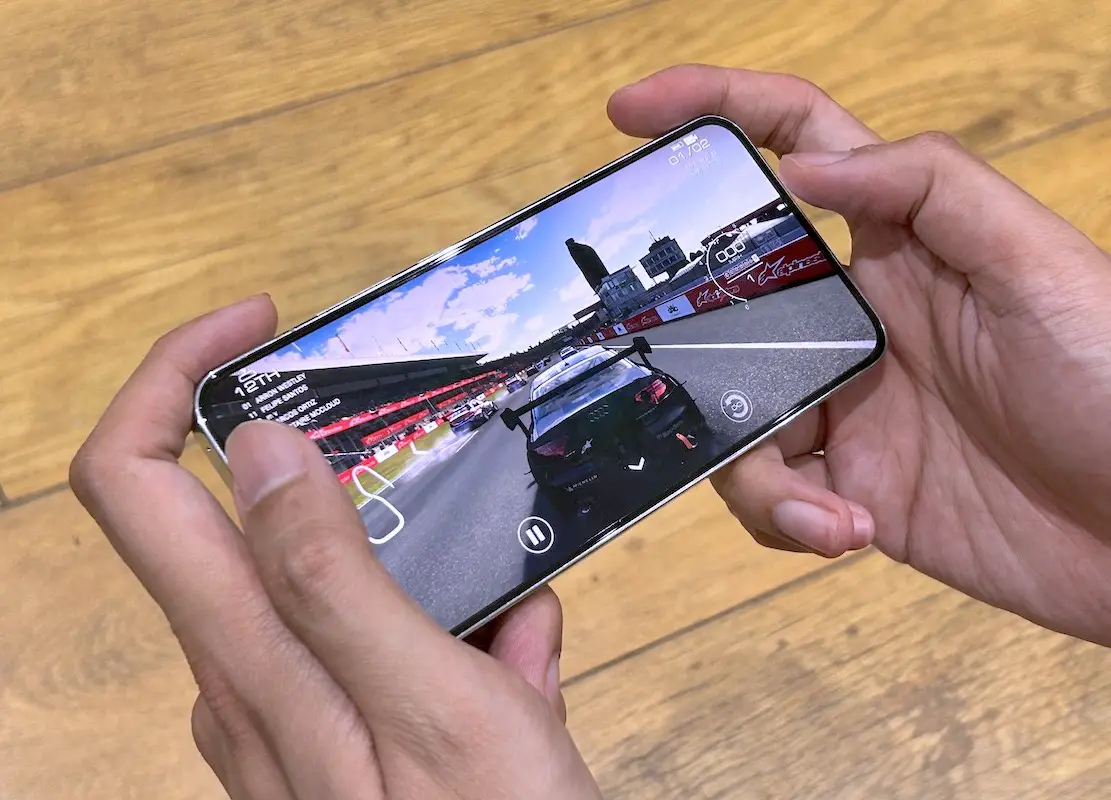
There’s little that could go wrong here, as this is a very ideal setup especially for more power-oriented users, and the Xiaomi 13 will have a relatively easy time running even more graphics-intensive games from the Google Play Store. Should you spend your entire day using the phone for a variety of tasks, the 4,500 mAh unit inside will be able to keep you powered, at least from morning to evening, with the exception of more power-hungry apps and games.
Thankfully though, the phone supports 67W and 50W wired and wireless charging speeds respectively, which should be able to juice up your phone in no time – Xiaomi states a wired charging time of 38 minutes from 0 to 100, which we found to be the case.

Unless you’re already familiar with how Xiaomi approaches Android, one point of consideration for new users might be the software inside the phone. The Xiaomi 13 runs Android coated with a heavy layer of MIUI, the company’s custom software interface. Similar to Samsung’s One UI, it does come with some Xiaomi-exclusive apps and features, albeit at the cost of efficiency and general cohesiveness.
This is of course a subjective take, as other users will have little problem with MIUI, after all. Nevertheless, it should be mentioned that MIUI doesn’t shy away from packing in a ton of excess bloatware in addition to Android. I’ve never felt the need to use TikTok or play Candy Crush – both of which come with the phone on the get-go – and the Android system’s prompt of a possibly malicious preinstalled game didn’t do much to lessen my reservations of MIUI.
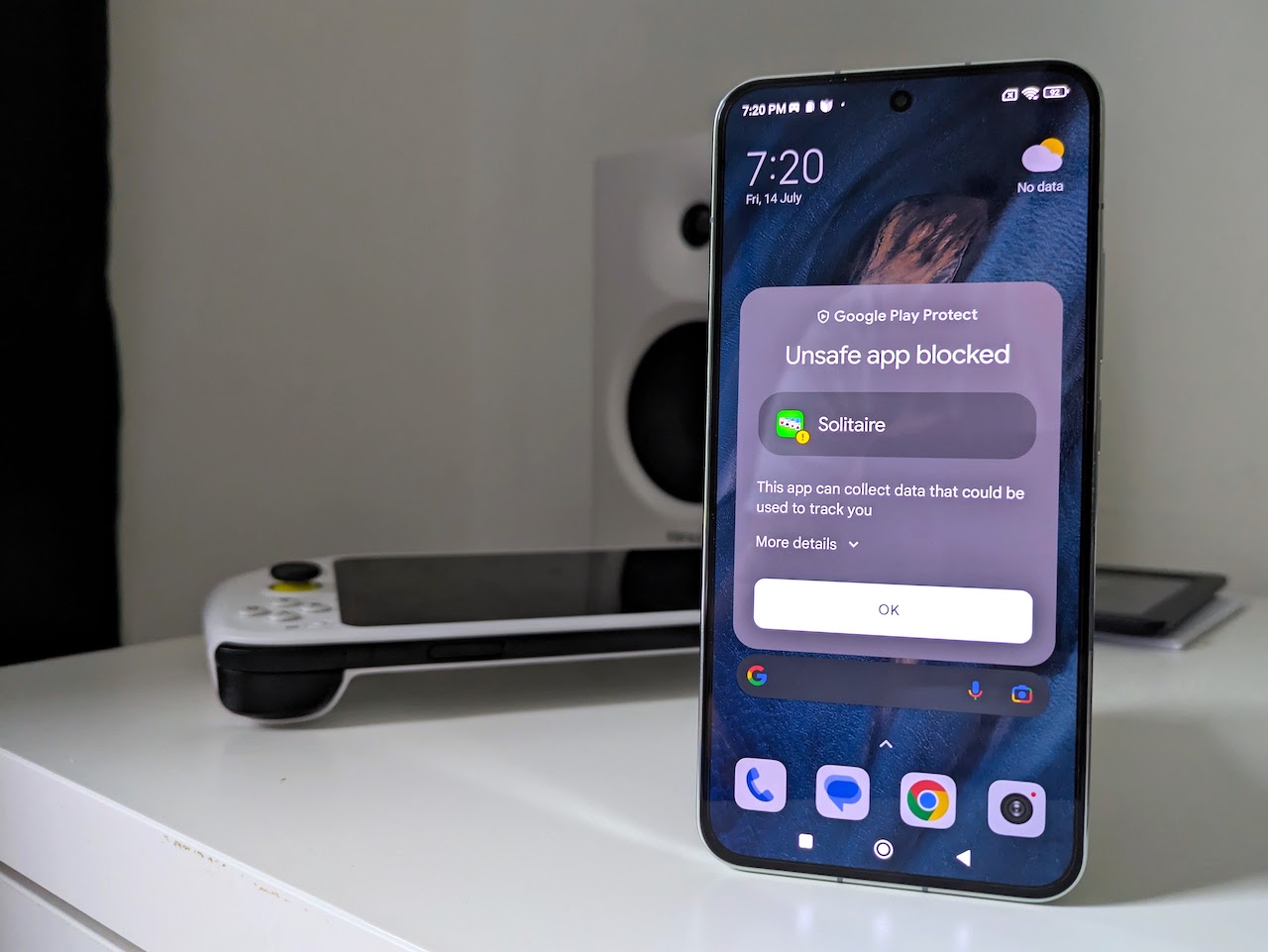
However, MIUI does come with some pretty useful features not found on cleaner versions of Android. For example, I’ve always lamented the ever-present black bar which stays onscreen when playing various games on my Pixel, whereas MIUI lets me force apps into full-screen mode, resulting in a cleaner look overall when gaming, and lessens the risk of OLED burn-in.
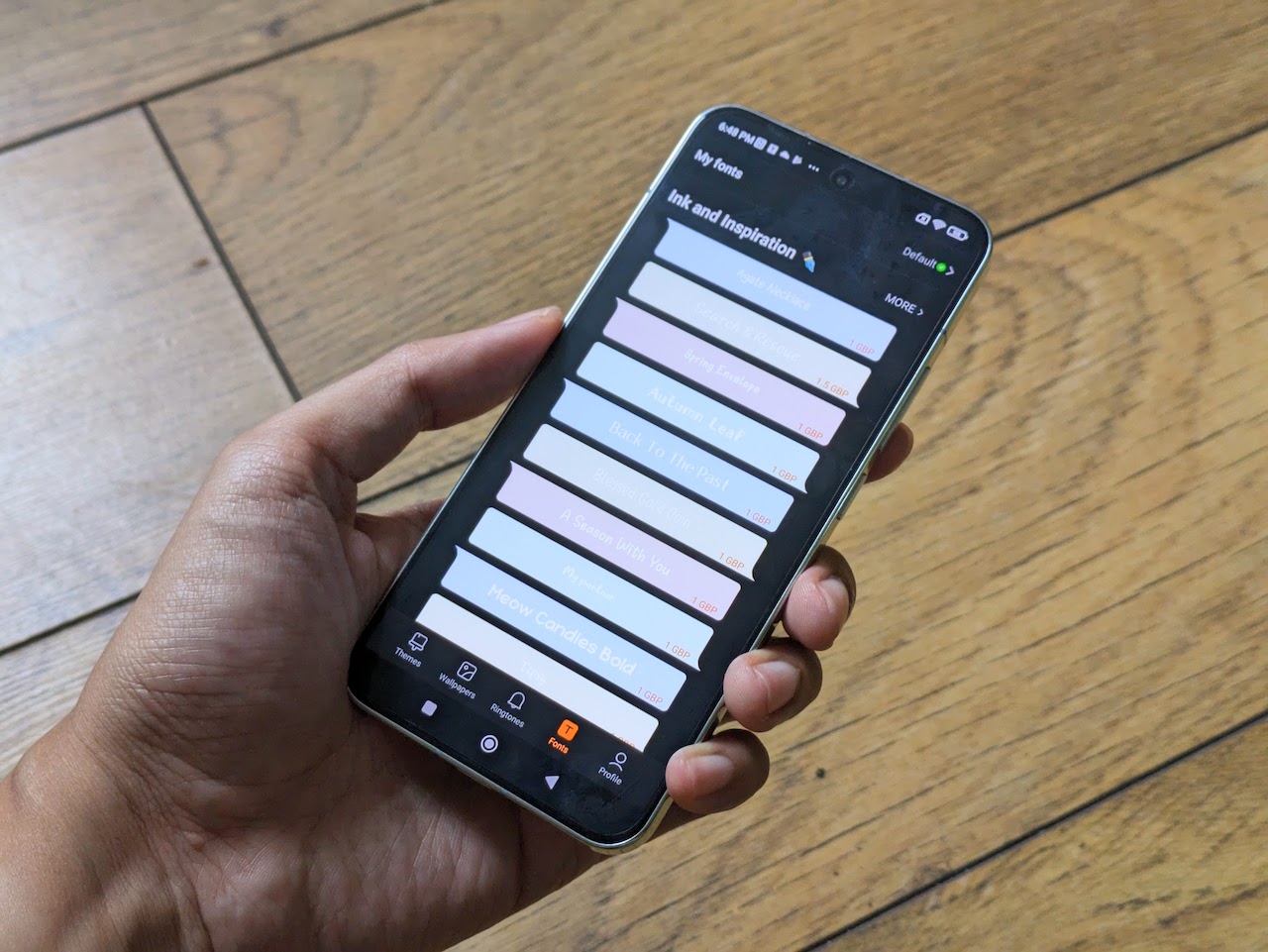
There’s also the matter of in-depth user customizability – everything from your wallpaper, fonts, themes and icon packs are open to personalization, without the need for a third-party launcher. It’s small perks like these which still give MIUI its charm at times, and remind us of the versatility of Android in terms of software capabilities.
Cameras
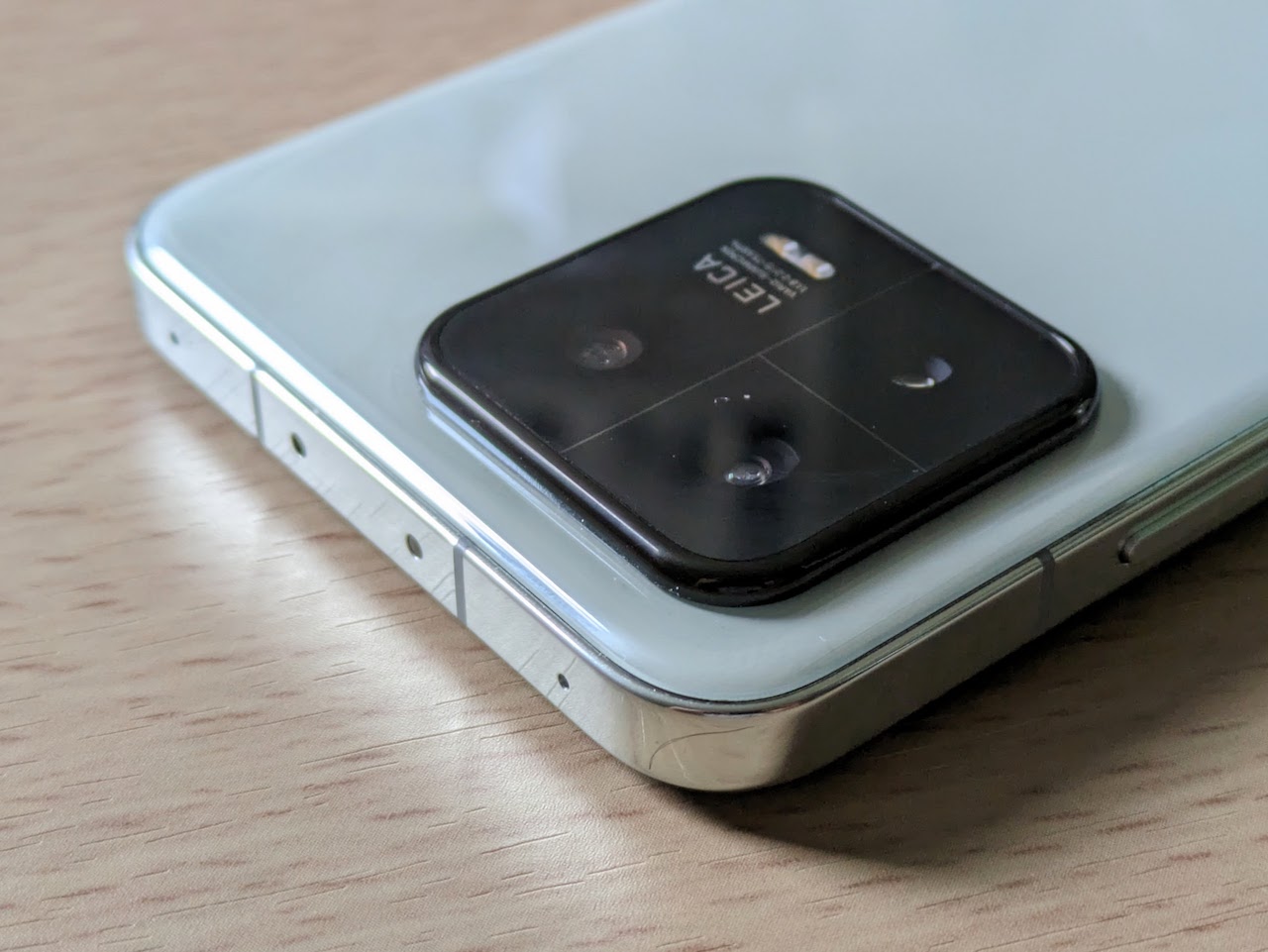
One of the Xiaomi 13’s biggest selling-points is its camera system, which Xiaomi proudly advertises as being co-developed alongside Leica. In terms of hardware, the phone features a 50 MP f/1.8 main camera, a 10 MP, f/2.0 telephoto lens, as well as a 12 MP, f/2.2 ultra-wide camera. The front meanwhile comes with a 32MP selfie camera for photos and video calls. Video on the main sensor maxes out at an impressive 8K resolution, albeit at a lower 24 frames per second.
The Xiaomi 13’s built-in camera app gives users the option of tweaking their photos with some additional Leica software, which will be a very subjective affair in terms of user preference. To sum things up, photos look good – they’re certainly a cut above what a majority of mid-range Android phones on the market are able to accomplish. Brightly-lit scenarios feature great detail, and edge-detection on most subjects looks good, which can also be said of portrait mode on the selfie camera.
There are some nuances however, and there are times when the camera does struggle a bit in weaker lighting scenarios, as well as darker environments. Contrast (at least on auto mode) can be iffy at times. With that said though, it builds upon past Xiaomi flagship cameras, and should be able to satisfy most users’ needs.
Final Thoughts
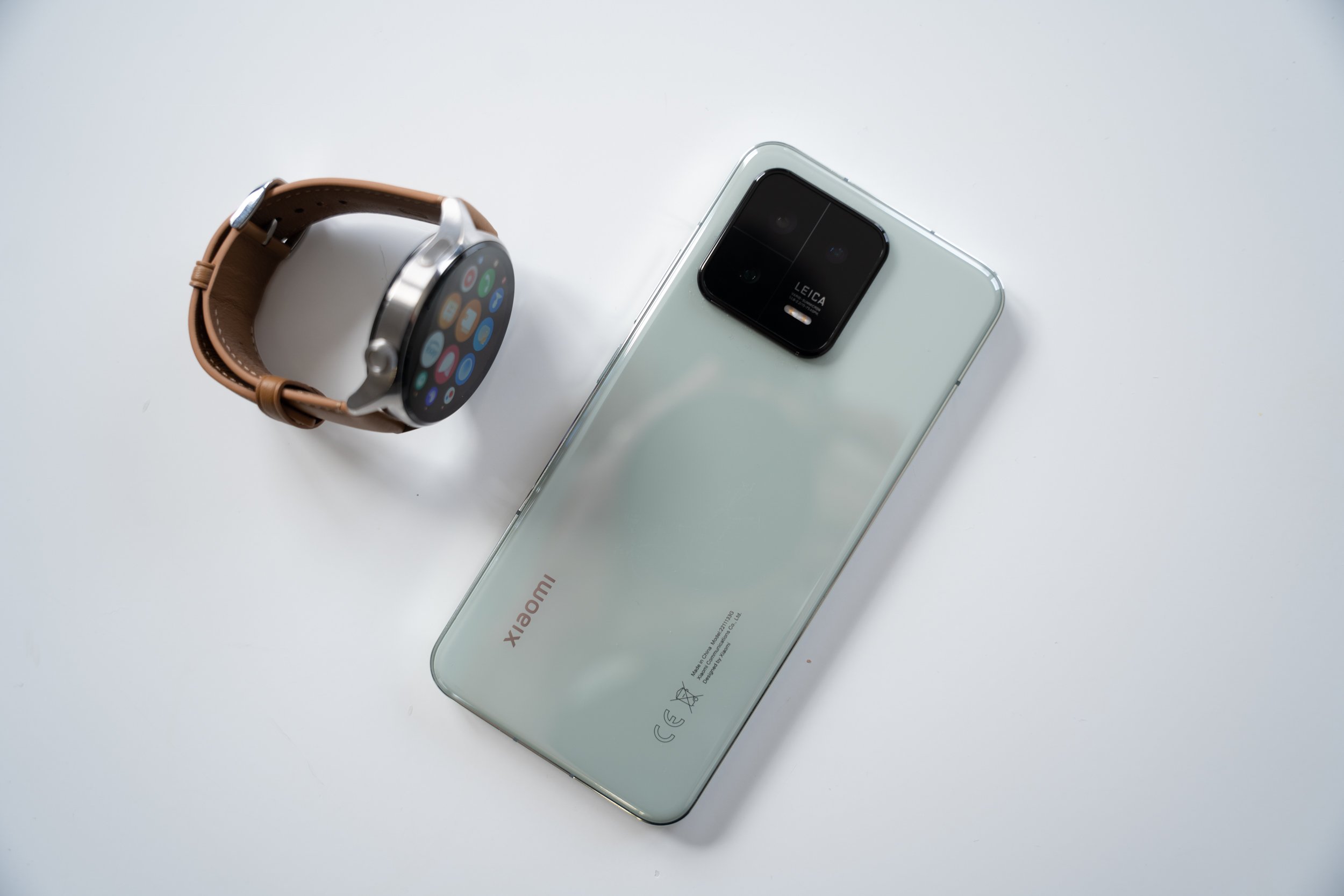
At a price of around $1,100, the Xiaomi 13 is a definite improvement on past Xiaomi handsets, and shows that Xiaomi can step into the more “premium” ring when needed. A powerful chipset, gorgeous-looking display, and solid hardware design elevates the phone in comparison to other flagship devices out there.
However, there are areas which can still be improved upon, like camera quality and software optimization for example, both of which are executed rather well by the Pixel 7 Pro and Samsung Galaxy S23, at prices much more affordable than the Xiaomi 13’s base model price. Android enthusiasts looking to switch over from different brands might want to take a long hard look at what they’re getting with the Xiaomi 13, but Mi fans will no doubt feel at home here.

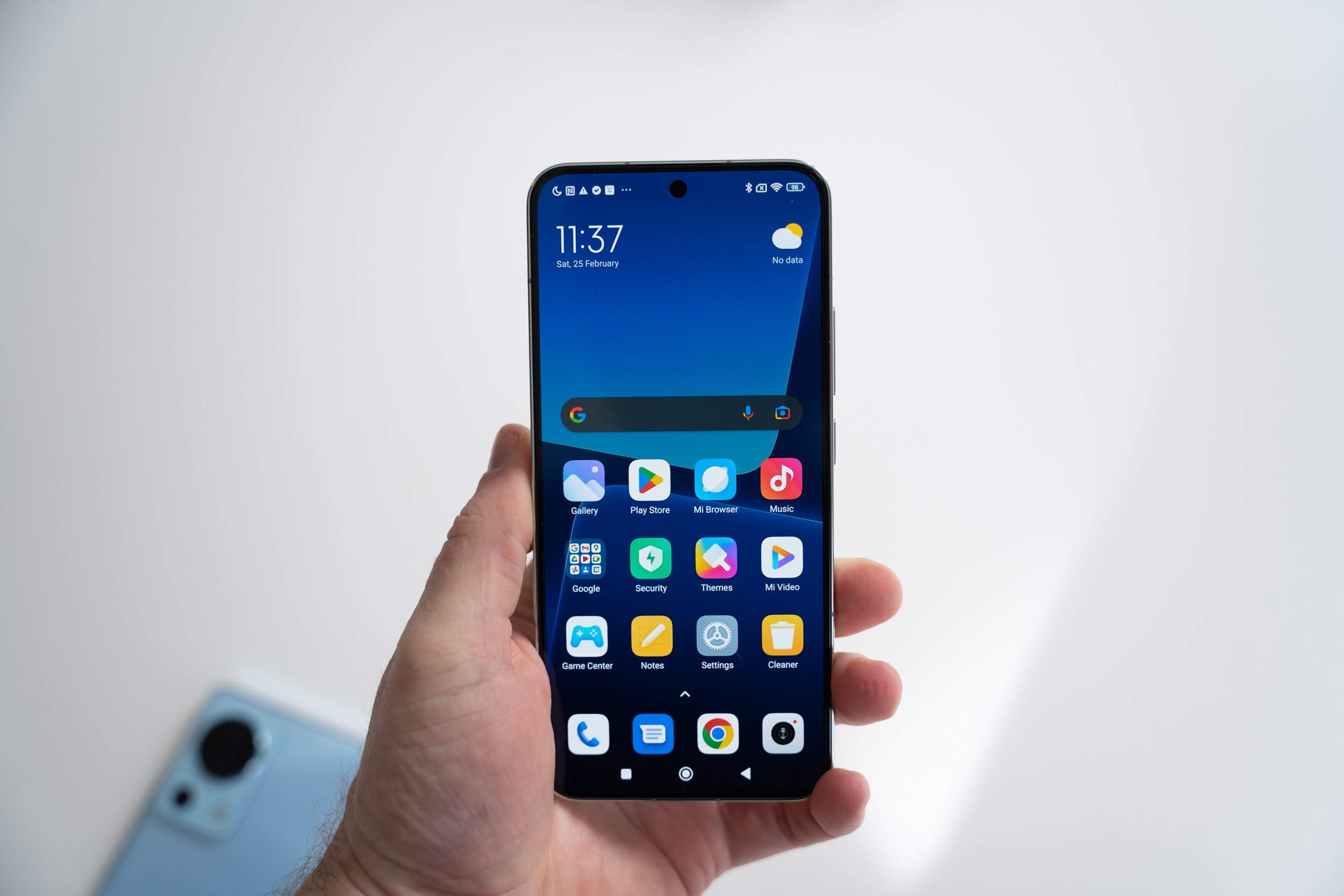
















Comments